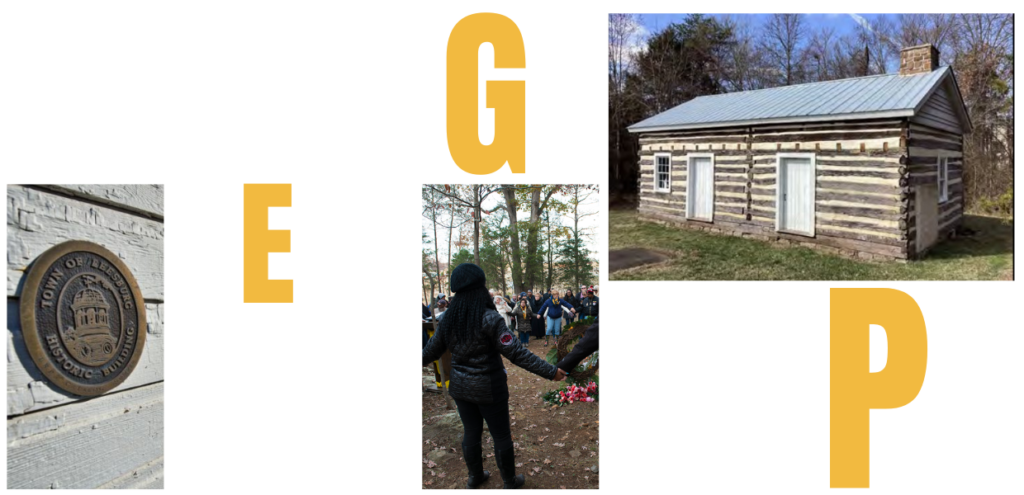
Preserving Our Past, Inspiring Our Present, Empowering Our Future.
Preservation in Action
The long-term plan to restore the fondly remembered “Union Street School” includes retrofitting part of the property for a STEAM preschool that focuses on (science, technology, education, art, and math). It will include the vocation of aquaponic gardening, a program that teaches students how to grow their own food, eliminating food insecurity. The Loudoun Freedom Center will also establish a DNA lab at the historic site, to process artifacts that may be found at Loudoun’s local enslaved cemeteries.
Our Mission
Preservation
We are identifying and memorializing historic African American heritage sites, sacred burial grounds and communities throughout Loudoun County.
Education
We are developing Innovative STEAM education programs, Historic Preservation camps, after school programs, workshops and seminars for adults and school age students.
Scholarship
Our goal is to tell the comprehensive story of Loudoun’s shared history through community curated museums, interactive digital history maps, genealogy, archaeology and ancestry research.
Support this important work by becoming a member today!
Our Programs
Community Conversations
Engaging program that brings people together to explore and discuss African Americans’ rich, shared history in Loudoun County and beyond.
Data Center Academy
Empowering women and underrepresented individuals in the IT industry by equipping them with skills and opportunities.
Museum
The first African American museum in Loudoun County, housed within the restored historic Union Street School. This groundbreaking museum will preserve and showcase artifacts, stories, and exhibits that celebrate the contributions and resilience of African Americans.
Tours & Presentations
The Journey to Freedom Tours provides a powerful exploration of African American history, highlighting the path from enslavement to liberation in Loudoun County and beyond.
WYSE
WYSE (Where Youth & Seniors Engage) is an intergenerational program that connects youth and seniors to build meaningful connections through shared activities, storytelling, and community service.
Join Us!
Receive email updates on events & projects.

The Loudoun Freedom Center is preserving an example of each building block of African American society. Explore the buildings and heritage of the Loudoun County community.
Burial Sites
The former “Belmont Slave Cemetery” is one of the largest known Burial Grounds for the formally enslaved in Loudoun County. Spanning over 120 acres and 221 years. This centuries old, once abandoned heritage site, holds the key to unlocking the true history of the African American experience in Loudoun County.
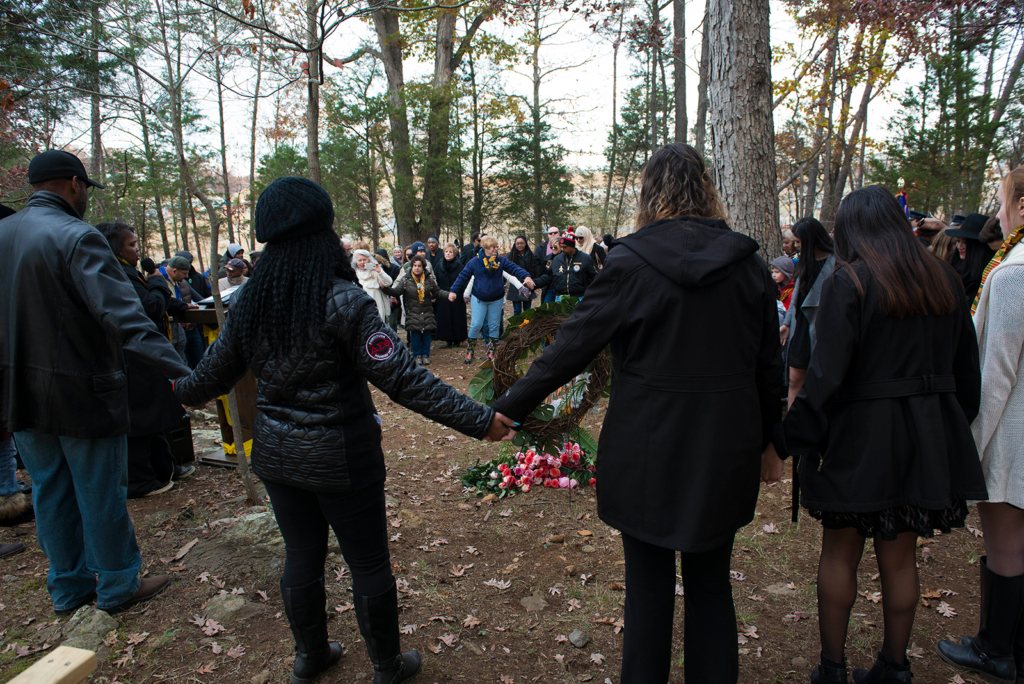

Schools
The historic two-story building on Union Street, with its chipped paint, slopping floors, and crumbling foundation houses the stories of close to 80 years of segregated education in Leesburg. It served as an educational hub for Loudoun County’s African American students from the early 1880s to 1958, first as the Leesburg Training School, Leesburg Colored School, and later as Douglass Elementary School. The Loudoun Freedom Center in partnership with the Douglass Alumni Association has begun the complicated process of aquiring the historic school building.
Homes
According to oral history in Eastern Loudoun, the Dailey historic log cabin was part of the Underground Railroad. The cabin is located in an area with key Underground Railroad features. A ridge runs along the back of the original parcel, and ridges were often used by runaway slaves because of the shelter they provided as well as a view of the surrounding area. For those escaping on foot, as most were, a river crossing was also critical in the northward journey.
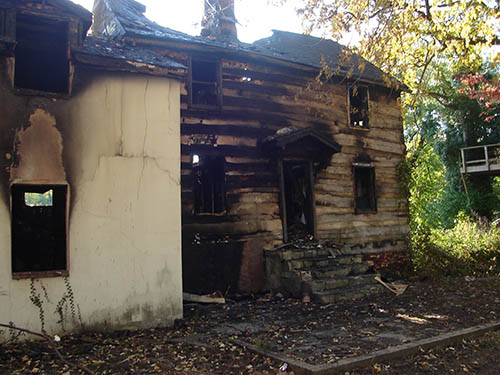
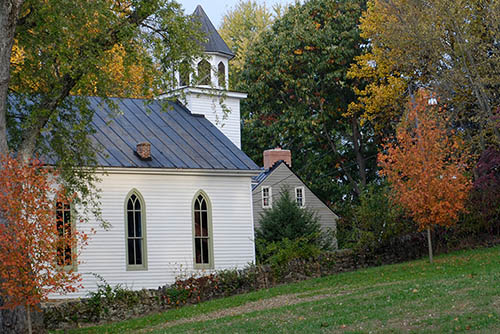
Churches
The John Wesley Methodist Episcopal Church served the African American community continuously for 77 years, from 1891 until 1968. For many years, members squeezed into the 1 room schoolhouse on Second Street for their services and other community gatherings. After the close of the Civil War in 1867, a consortium comprised of the Freedman’s Bureau, a black Educational Board, and local Quakers paid $75 for a lot on Second Street on which they built a one-room frame structure that served both as a school and a church.
Mutual Aid Societies
The Metropolitan Lodge 161 in Leesburg was a place for social activities and community involvement.
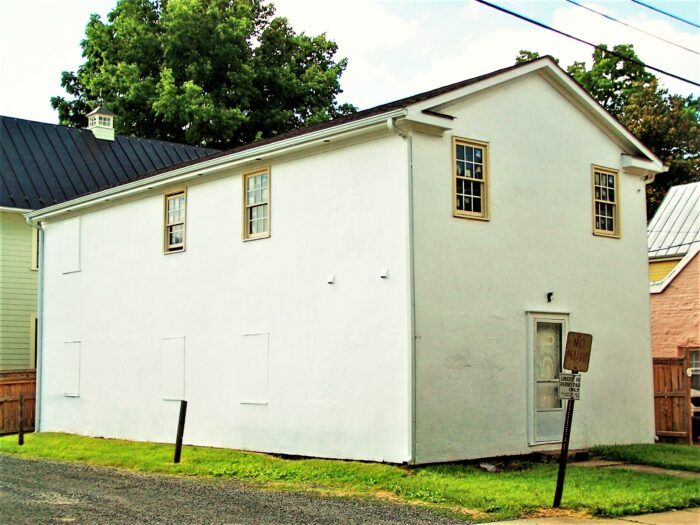
Merch
Show your support for LFC and spread the word!
